Advertisers constantly invent cures to which there is no disease
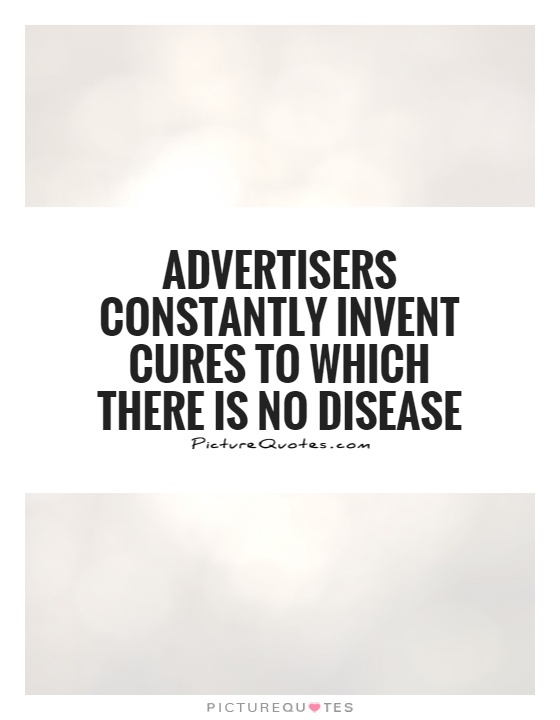
Advertisers constantly invent cures to which there is no disease
In the world of advertising, it is not uncommon for advertisers to create products that claim to cure ailments or problems that do not actually exist. This phenomenon can be seen in a variety of industries, from beauty and skincare to dietary supplements and weight loss products. Advertisers often prey on people's insecurities and fears in order to sell their products, even if those products are not actually necessary or effective.One common tactic used by advertisers is to create a sense of urgency or fear around a particular issue, and then offer their product as the solution. For example, a skincare company might claim that their product is the only way to prevent premature aging, even though there is no scientific evidence to support this claim. By playing on people's fears of looking old or unattractive, advertisers are able to convince consumers to buy their product, even if it is not actually needed.
Another common tactic used by advertisers is to create a new "problem" that their product can solve. For example, a dietary supplement company might claim that their product is the only way to detoxify the body and improve overall health, even though there is no evidence to suggest that detoxing is necessary or beneficial. By convincing consumers that they need to detoxify their bodies, advertisers are able to sell their products as the solution to a problem that does not actually exist.
Overall, advertisers constantly invent cures to which there is no disease in order to sell their products and make a profit. This practice is not only unethical, but it can also be harmful to consumers who are misled into buying products that are not actually beneficial. As consumers, it is important to be skeptical of advertising claims and do our own research before purchasing any products that claim to cure nonexistent ailments. By being informed and critical consumers, we can avoid falling victim to the deceptive tactics used by advertisers in the modern marketplace.
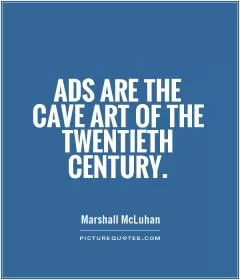

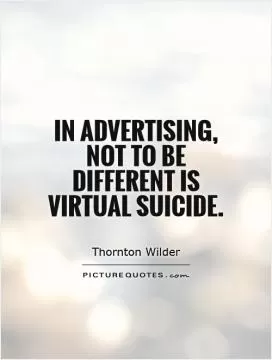

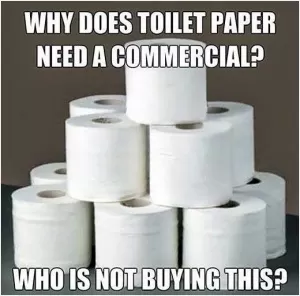




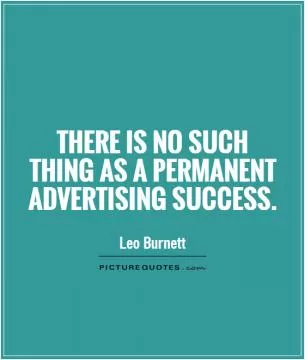


 Friendship Quotes
Friendship Quotes Love Quotes
Love Quotes Life Quotes
Life Quotes Funny Quotes
Funny Quotes Motivational Quotes
Motivational Quotes Inspirational Quotes
Inspirational Quotes